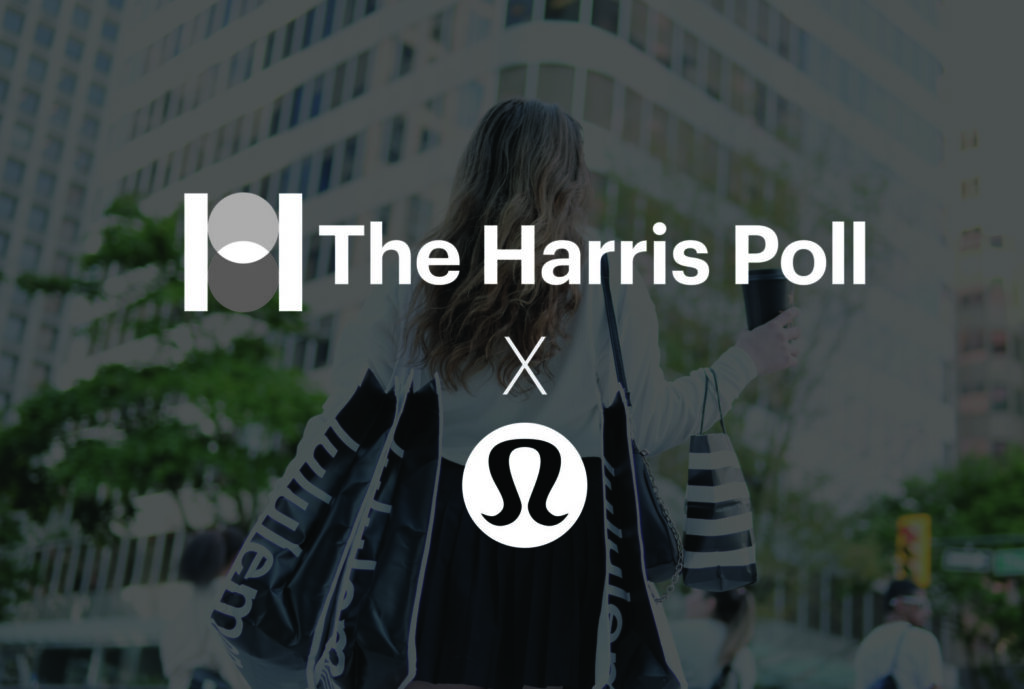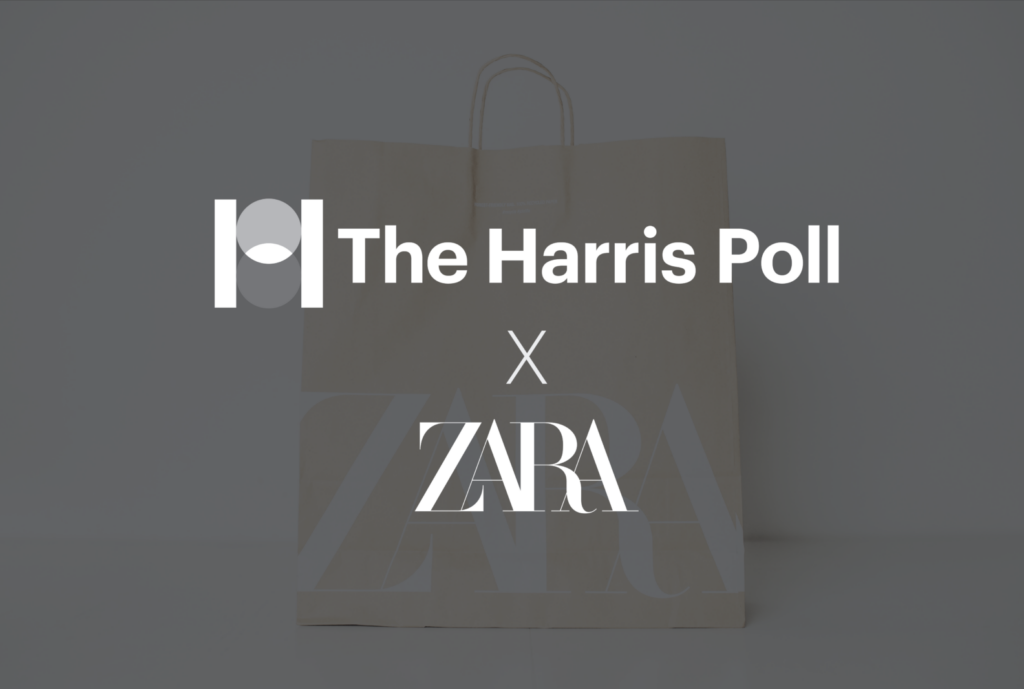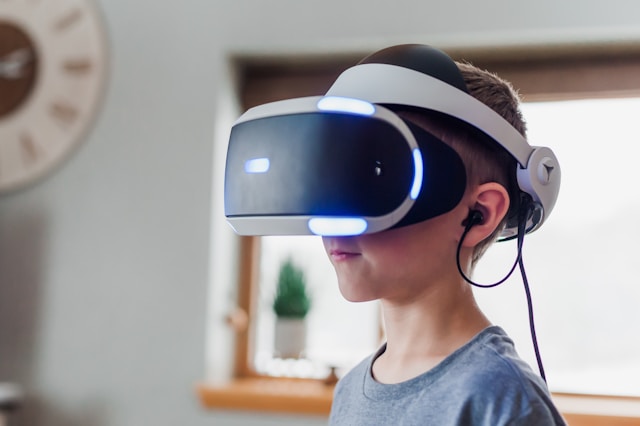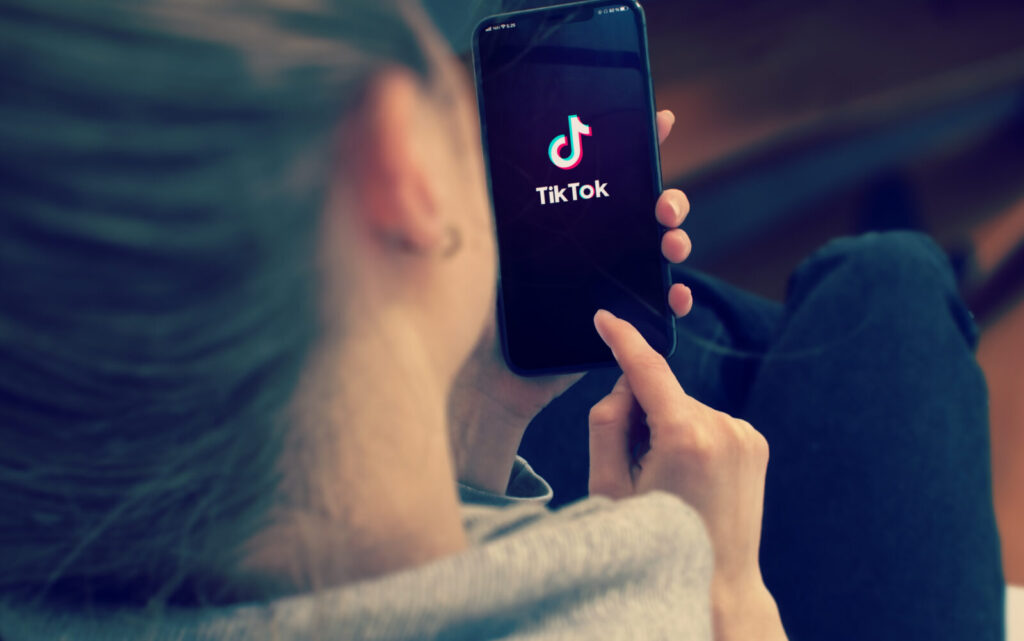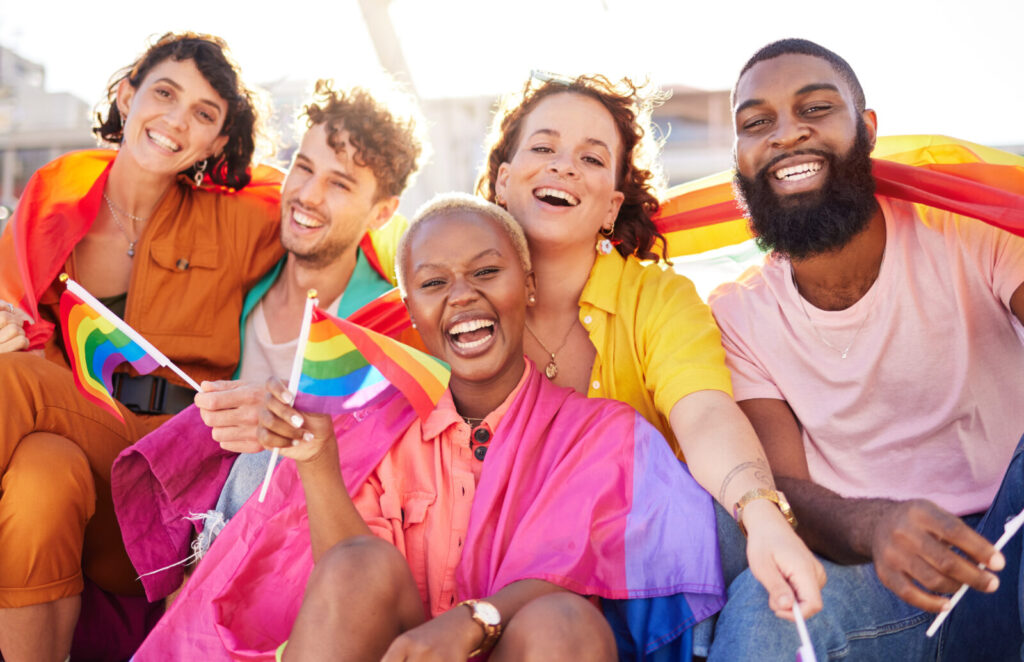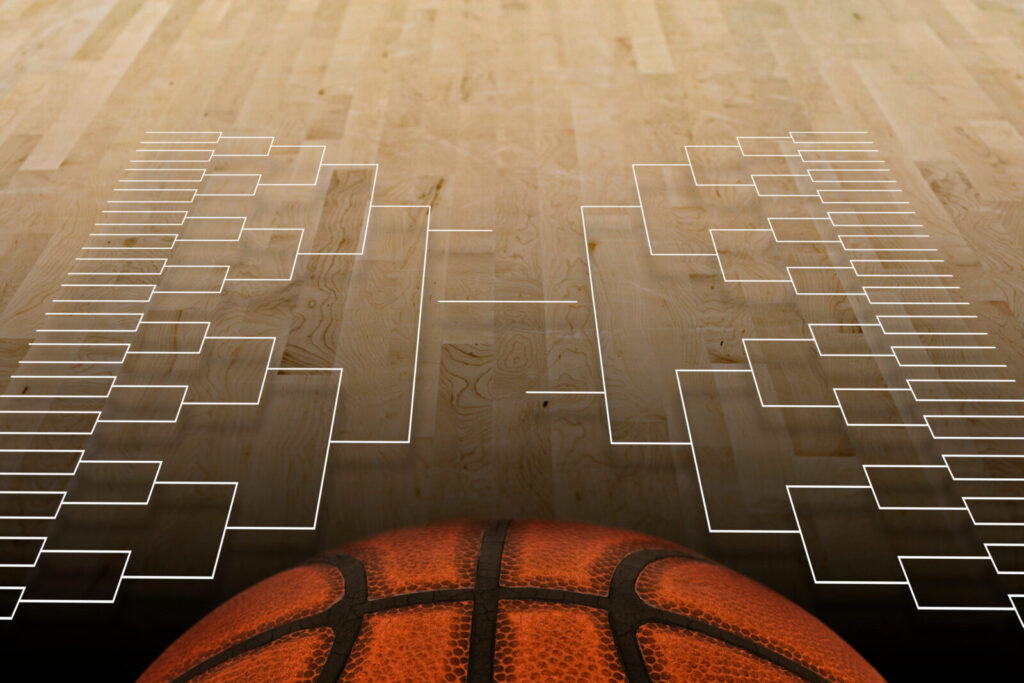Brief • 2 min Read
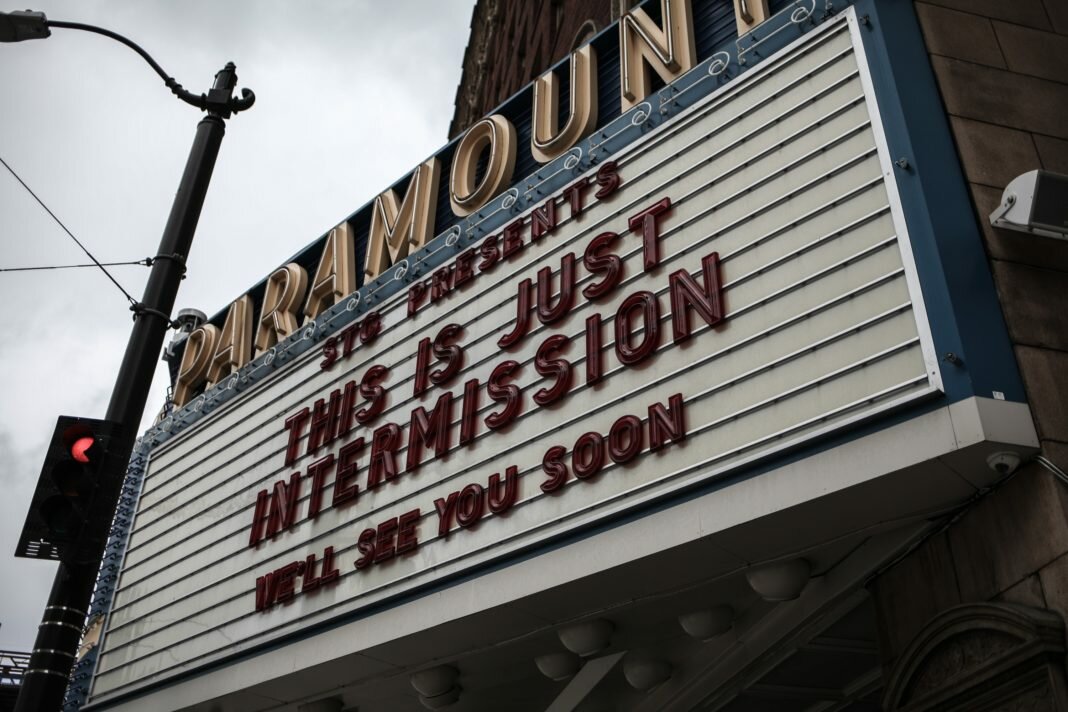
We told you Americans were squeamish about getting back out there. When asked how long after the curve flattens it will be before they will dine out, four in 10 (43%) say they’ll do it within 30 days; two thirds (66%) within three months. One fifth of Americans (21%) say they will stay in a hotel and (41%) within three months and (60%) within six months. Airlines don’t reach majority tipping points until four to six months after the curve flattens and (57%) of people say it will take a year or more before they will take a cruise.
Yet amid America’s month of cabin fever, we are seeing desire emerge in between the cracks of fear. People do miss things obviously. The top three things Americans miss most are dining out at restaurants/bars (51%), gathering with friends and family (49%) and shopping in stores (39%). And women, (who are often the consumer) miss restaurants/bars (55% vs. 47% men), gathering with friends and family (58% vs. 39% men) and shopping stores (44% vs. 32% men).
This week we also asked Americans, “Once the pandemic is over and things return to normal, do you think each of the following areas of your life will be very different, somewhat different or mostly the same?” And the majority of Americans feel family, work and eating will be the areas of life to stay the same, especially among middle-class families and Baby Boomers. Almost half of all seniors feel shopping habits will change, a significant difference. And travel/vacations look to be the area most impacted by change which tracks with other data in our survey (above).
But Americans feel social activity, shopping and travel are the categories to become somewhat different after the pandemic, especially younger women, which suggests possibly further dislocation for traditional bricks and mortar shopping models. Travel/vacations again expected to change; Democrats seem more insistent of changes happening in their social lives and routines than Republicans.
Yet Americans expect travel/vacations, social activity, personal hygiene and shopping habits to change the most. Younger people and Gen X/young Boomers feel social activity will change especially. Eating habits are the category least likely to see profound changes in American consumption by their expectations. Overall in this data it’s important to look at the opposites: e.g. 68% of Americans do not expect their travel/vacations do change dramatically.
That we see such stark levels of fear about Cv19 in our other data and that we have not crested the pandemic (in fact this weekend’s fielding would be the growing fear across America – DC, Detroit, New Orleans etc) suggest Americans might have pent up demand (e.g. revenge spending) that marketers might service once life returns to some semblance of normal. Americans also report being voracious user this month of more of smartphones (60%), television (53%), streaming TV (50%), games (43%), books (35%), music apps (33%), food delivery (22%) and podcasts (18%).
Finally, Americans are also planning longer-term purchases. One in five (19%) say they are considering buying new household goods, furniture, or appliances; (16%) buying a car, attending a concert or sporting event or buying gifts or other non-essential items for themselves or their friends and family.
And their answers to how they would prepare for something like this in the future are to keep more money in savings (59%) and stockpile non perishable foods (33%); make improvements to their living situation (18%), purchase a gun (13%); remodel their kitchen (9%). Men are more likely than women to go all Y2K including re-thinking their homes (23% vs. 13%), purchasing a gun (17% vs. 8%) and remodeling their kitchen (14% vs. 5%).
Takeaway: Think about American resiliency in your marketing strategy. There is likely a ‘whiplash’ effect about to happen as the first sign that things might return to some type of normal. Upper funnel activity might soon re-emerge, even in unlikely categories like travel and entertainment.
METHODOLOGY
This survey (Wave 6) was fielded online among a nationally representative sample of 1,993 U.S adults from April 3 – 5, 2020. Wave 5 was fielded online among a nationally representative sample of 2,016 U.S adults from March 28 – 30, 2020. Wave 4 was fielded online among a nationally representative sample of 2,023 U.S adults from March 21-22, 2020. Wave 3 of the survey was fielded online among a nationally representative sample of 2,019 U.S adults from March 17-18, 2020. Wave 2 of the survey was fielded online among a nationally representative sample of 2,050 U.S adults from March14-15, 2020. Wave 1 of this survey was fielded online among a nationally representative sample of 2,019 U.S adults from March 05 – 09, 2020.
Find out more from our COVID-19 Tracker.
Subscribe for more Insights
Subscribe to our newsletter for the latest trends in business, politics, culture, and more.
Related Content
